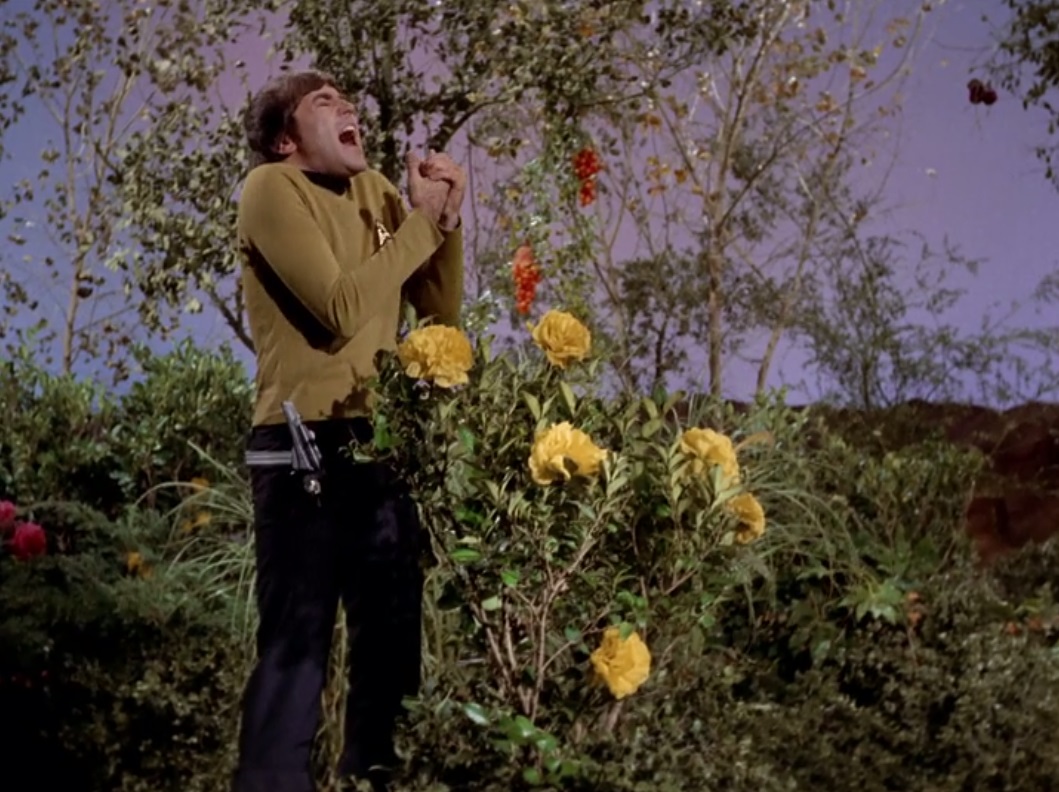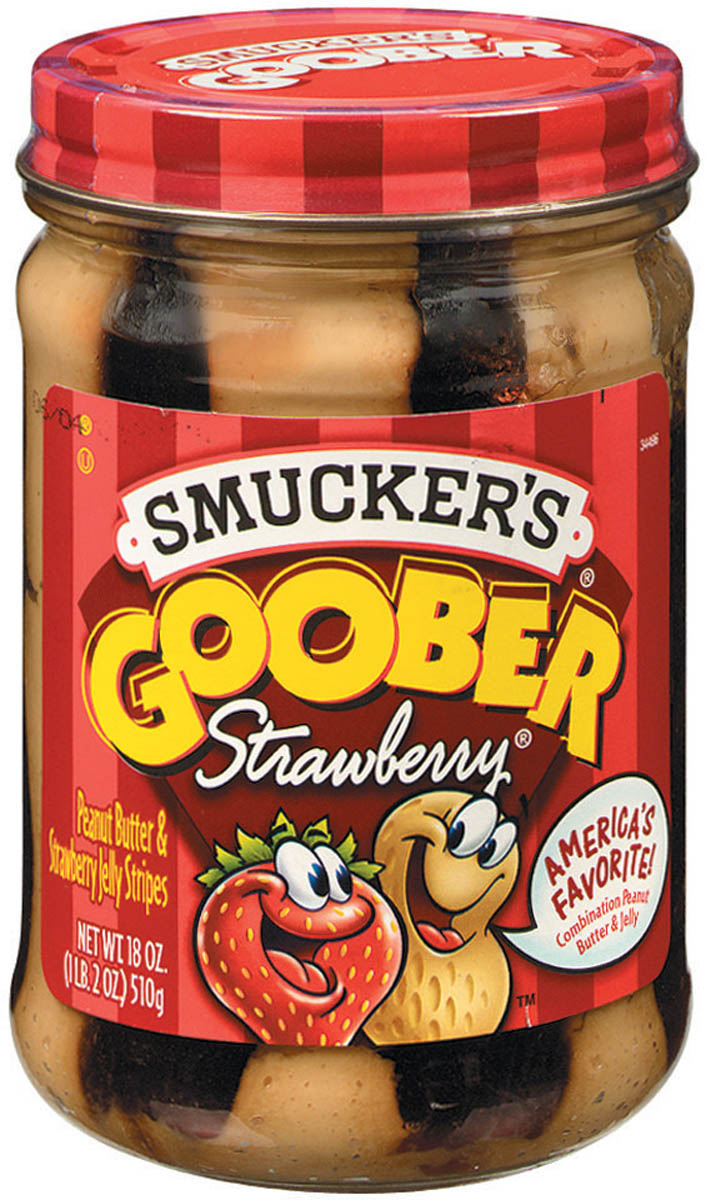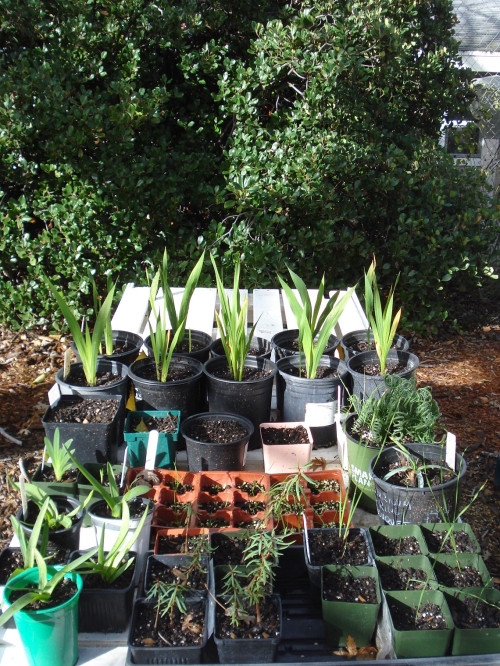the flower experiment
welcome to my garden laboratory
04-21-2017—Plant Combos
Haven't posted for awhile. Would rather do, than record, things. Not sure how I got a degree in Biology! Need to channel inner Linnaeus, and get more disciplined.
But look at this combination, light turquoise + copper! Carex buchananii 'Red Rooster' and Ixia viridiflora. I had some extra Ixia bulbs and planted them around Carex. We'll see if Ixia can make it through summer with occational irrigation and not rot. Fingers crossed.
01-17-2017—Walstad Tank
| Below is photo of tank from October 2016. In rough shape. Algae was flourishing on anubias leaves and micro sword was fighting for scraggly existence. The problem: micro sword needs moderate/high light, anubias leaves need low light to prevent algae growth. | |
 |
 |
| Here's tank today. Micro sword is no more. Water lettuce and Pachira aquatica were added to shade anubias. You can also prevent algae growth by moving light farther away from water's surface or decreasing light time. |
 |
 |
|
Also replaced filter with air bubbler. Bubbler keeps water moving without removing material, which is more concordant with Diana Walstad's method, a closed, self-sustaining system. Distilled water is added every 1-3 weeks to replace evaporated water and about 1/3 water replaced every couple months. |
01-15-2017—Bee Colony Expansion
| Bees decided to reproduce. Swarm split off from rest of colony and bearded in nearby pine tree. |
 |
 |
 |
| Update 1/16/2017: Beard has moved on. Hope they found a safe home, with lots of flowers nearby. |
01-13-2017—Plants of Star Trek (Part 3)
| Welcome to planet ouch |
 |
|
In The Way to Eden (S3E20), the Enterprise is hijacked by a madman-scientist and his hippie followers. The culprits flee to a Romulan planet to set up a hippie commune, only to be foiled by the indigenous plants—flesh-burning flowers and poisonous fruits. What blows my mind is that organisms can contain harmful chemicals for defense without succumbing to damage themselves. For example, some plants contain psoralen, which causes sun rash (phytophotodermatitis). Psoralens are activated by light and bind to DNA, inducing rapid cell death. Notice ACTIVATED BY LIGHT! Plants are quintessential beings of light. In fact, plants can be harmed by their own psoralens. They combat self-damage by producing other compounds, like flavonoids, to quench photosensitization reactions that would otherwise wreak internal havoc. (Secondary Plant Products Causing Photosensitization in Grazing Herbivores: Their Structure, Activity and Regulation) |
 |
 |
| Alien flower burn left, phytophotodermatitis right | |
|
Earth roses don't contain psoralen. See species in Apiaceae and Rutacea families, like wild parsnip and citrus. The extraterrestrial plant pictured above looks suspiciously rose-like, but with, perhaps, a psoralen kick instead of thorns to discourage predators. I would totally grow that in my garden... In the front yard. By a walkway. Because I'm diabolical like that! |
| A pear crossed with Smucker's Goober. A Poober. |
 |
 |
 |
| Poison or no, ornamental value is A+. |
 |
|
Et tu, Poober? |
Go to Plants of Star Trek (Part 1)
Go to Plants of Star Trek (Part 2)
01-12-2016—Backyard Nursery
|
Growing plant stock to sell on ebay: Albuca spiralis, Chlorogalum pomeridianum, Dichelostemma ida-maia, Euphorbia lactiflua, Ixia viridiflora, Lachenalia aloides, Sparaxis elegans, Trichopetalum plumosum, Watsonia aletroides |
 |
 |
|
Close-up of Lachenalia aloides leaf freckles, flower bud developing in center Dichelostemma ida-maia hasn't leafed out Update 1/16/2017: leaves emerging |
01-11-2016—Scrub Jay Baffle
|
This summer I was surprised to discover scrub jays methodically picking off bees from top bar hive. I leaned some sticks near the entrance to deter bird-on-bee snacking and observed the hive over time. Update: sticks seem to be a success! Bees pass through one spot as they exit. Without sticks, the spot is exposed. Once sticks are in place, bees have room to create variable flight patterns, which makes them difficult to catch mid-air. |
 |
01-09-2016—Garden Project—Raffia Nests for Air Plants
I like growing tillandsias in these glass orbs because they keep ambient humidity high. However, tillandsia don't like to sit directly on glass as they're more likely to rot.
 |
| Solution: raffia nests. First nest is waded and knotted together; second nest is more carefully constructed by coiling raffia like a basket. If you ever thought bird nest construction was easy, give this a try and visit Explaining the Birds and the Building Blocks of Nests. |
 |
 |
 |
 |
| Before and after, makes tillandsias happy | |
Subscribe to:
Posts (Atom)


